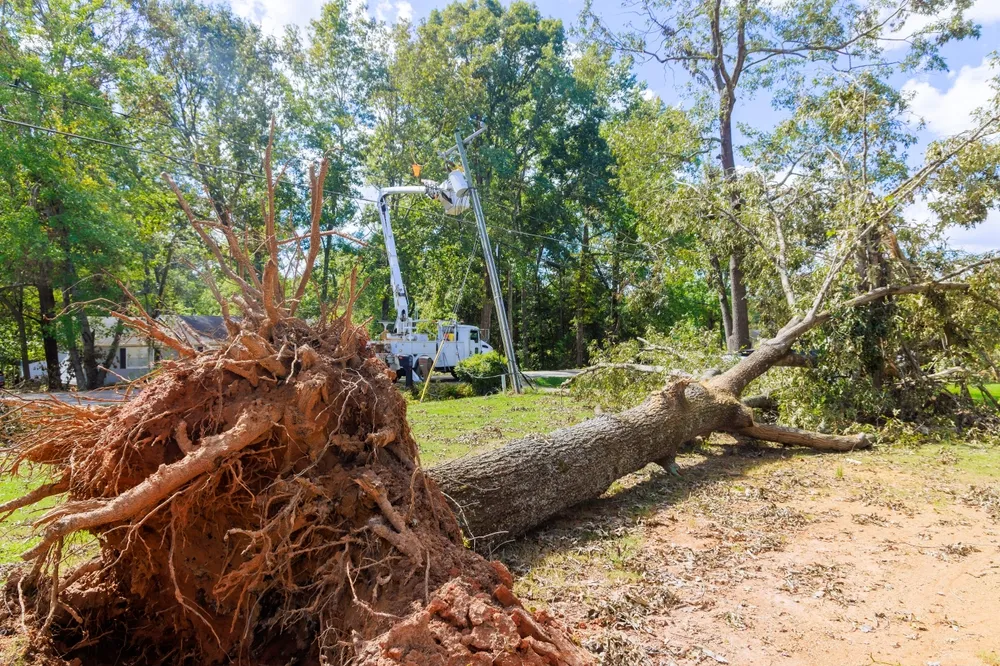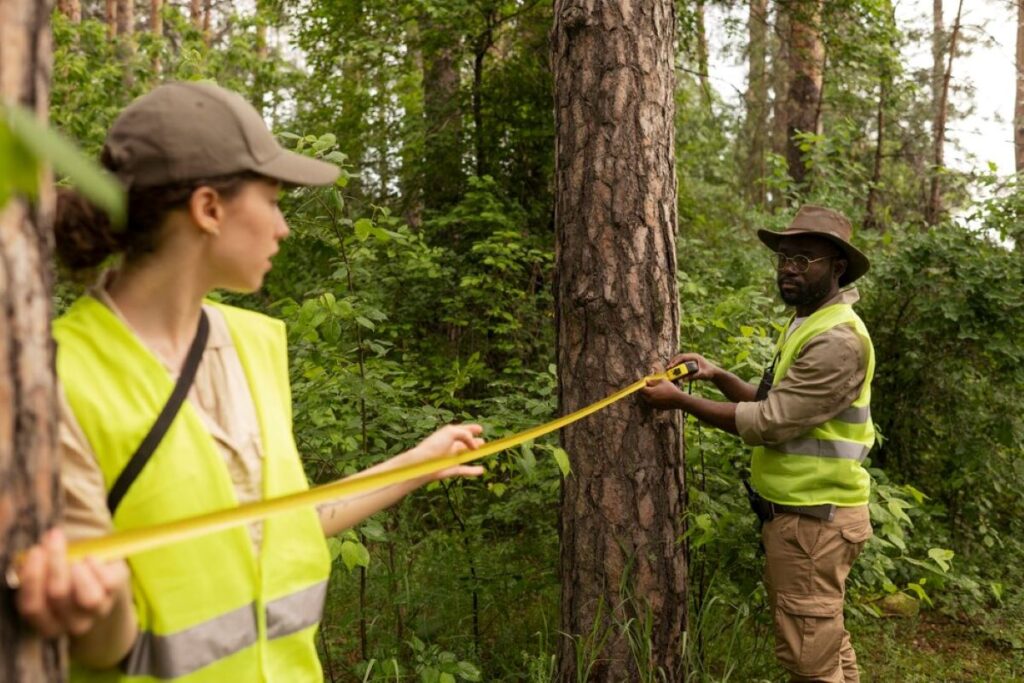How Tree Pruning Costs Reflect Different Attitudes Toward Sustainability
How Tree Pruning Costs Reflect Different Attitudes Toward Sustainability reveals a fascinating connection between what we spend on tree care and our environmental priorities. The amount homeowners invest in maintaining their trees often mirrors their commitment to ecological stewardship.
Tree pruning costs don’t exist in isolation. They’re shaped by multiple interconnected factors that paint a broader picture of our relationship with urban nature. Homeowner motivations—whether prioritising aesthetics, safety, or environmental benefits—directly influence spending decisions. Economic considerations determine who can afford professional services versus DIY approaches. Community engagement initiatives demonstrate collective values around tree care, whilst urban forestry management strategies attempt to balance municipal budgets with long-term sustainability goals.
These factors intertwine with our environmental values in revealing ways. Someone viewing trees as mere property features approaches the tree pruning cost differently than someone recognising trees as vital infrastructure for air quality, carbon sequestration, and biodiversity.
This article explores how spending patterns on tree pruning expose deeper attitudes toward sustainability, examining practical implications for homeowners, communities, and urban planners committed to healthier urban forests.

Why Do Homeowners’ Motivations Influence Their Spending on Tree Pruning?
Homeowner motivations directly determine whether they view tree pruning as a worthwhile investment or an avoidable expense. Research reveals that residents who plant trees primarily for comfort and aesthetics—seeking shade and visual appeal—often allocate budgets differently than those driven by environmental concerns. When homeowners prioritise immediate benefits like cooling their property or enhancing kerb appeal, they typically invest in regular pruning to maintain these advantages.
Environmental Attitudes and Spending Patterns
Environmental attitudes create a distinct spending pattern among tree owners. Those with stronger ecological values recognise pruning as essential for tree health maintenance, understanding that proper care delivers long-term benefits including improved air quality, energy savings, and wildlife habitat. These homeowners willingly pay professional arborists for complex work on mature trees, viewing the cost as an investment in urban sustainability rather than mere property upkeep.
Comparing Tree Care Behaviour Across Different Motivation Types
The divide becomes apparent when comparing tree care behaviour across different motivation types:
- Environmentally-conscious homeowners schedule preventative pruning, maintain documentation of tree health, and seek certified arborists
- Aesthetically-focused owners prune reactively when branches obstruct views or create perceived untidiness
- Cost-conscious residents attempt DIY pruning on smaller specimens, potentially compromising tree health through improper techniques
This variation in spending directly impacts urban forest resilience. Trees receiving professional care from motivated homeowners contribute more substantially to canopy cover and ecosystem services. Conversely, neglected or improperly pruned trees may develop structural weaknesses, disease susceptibility, or premature decline—undermining broader sustainability goals.
Financial Commitment and Environmental Priorities
The financial commitment homeowners make toward tree pruning serves as a tangible indicator of their environmental priorities. Those who understand trees as living infrastructure rather than landscaping accessories demonstrate this through consistent maintenance investments, creating healthier urban forests that benefit entire communities.
How Do Economic Factors Affect Investment in Tree Pruning?
Does the cost of professional pruning prevent homeowners from maintaining their trees properly? Yes—pruning costs create significant barriers, with many homeowners choosing DIY methods for smaller trees whilst avoiding maintenance altogether for larger specimens when professional services exceed their budgets.
The financial calculus behind tree care decisions reveals stark divides in urban forest stewardship. Professional arborists typically charge £200-£800 per tree depending on size and complexity, pushing cost-conscious residents toward self-pruning or neglect. This professional vs. DIY pruning divide directly impacts tree health outcomes, as improper cutting techniques can cause lasting damage that compromises structural integrity and disease resistance.
Economic considerations extend beyond immediate service fees. Homeowners weigh pruning expenses against competing household priorities, often deferring maintenance until safety hazards emerge. Research indicates that residents in lower-income neighbourhoods face disproportionate cost barriers, leading to reduced canopy cover in areas that would benefit most from trees’ cooling and air quality improvements.
The financial burden manifests differently across property types:
- Detached homes: Owners bear full responsibility for mature tree maintenance
- Rental properties: Landlords may minimise pruning expenditure, affecting tenant-occupied areas
- Multi-unit developments: Shared costs through management fees can enable regular professional care
Targeted subsidies present viable pathways to bridge economic gaps. Municipal voucher programmes in cities like Bristol and Manchester provide £100-£300 credits toward certified arborist services, increasing maintenance rates by 40% among participating households. Income-based sliding scales for tree care services similarly expand access whilst maintaining quality standards.
Community tool-lending libraries and free pruning workshops offer alternative solutions, equipping residents with proper techniques and equipment. These initiatives reduce reliance on expensive professional services without sacrificing tree health, though they require ongoing educational investment to ensure safe practices.
How Community Engagement Reflects Sustainability Attitudes Through Tree Care
Community engagement transforms tree care from an individual expense into a collective investment in environmental stewardship. When residents participate in volunteer-led pruning initiatives, they develop firsthand understanding of maintenance requirements and ecological benefits, shifting perceptions away from viewing tree care purely as a financial burden.
Volunteerism reveals deeper sustainability values within neighbourhoods. Research indicates that individuals motivated by intrinsic environmental concerns—rather than external rewards—demonstrate higher commitment to ongoing urban forestry practices. These volunteers often dedicate time to learning proper pruning techniques, reducing professional service costs whilst maintaining tree health standards. Their participation creates ripple effects, encouraging neighbours to view tree maintenance as a shared responsibility rather than an isolated homeowner expense.
Successful community programmes demonstrate measurable impact:
- Toronto’s TreeKeepers initiative trained over 1,000 volunteers in proper pruning methods, reducing municipal costs by 30% whilst improving canopy health across residential areas
- Melbourne’s Urban Forest Volunteers maintained 2,500 street trees through coordinated pruning schedules, saving the city approximately $450,000 annually
- Portland’s Friends of Trees engaged 15,000 volunteers who pruned young plantings, achieving 95% survival rates compared to 70% in non-volunteer areas
The Green America report highlights the significant role that community engagement plays in promoting sustainability through such initiatives.
How tree pruning costs reflect different attitudes toward sustainability becomes evident through community involvement patterns. Neighbourhoods with active volunteer networks typically allocate more household budgets toward professional services for complex work, recognising that their volunteer efforts complement rather than replace expert care. This balanced approach sustains urban forest health whilst distributing costs across multiple stakeholders, embedding environmental stewardship into local culture.
Moreover, the insights from the book Sustainability for the 21st Century further elucidate how such community-led initiatives are not just beneficial for immediate ecological outcomes but also serve as a pathway towards long-term sustainable living practices.
How Do Urban Forestry Management Strategies Address Costs and Sustainability Goals?
Urban forestry managers often face a challenge: limited budgets from local governments but a need to increase tree cover for long-term environmental benefits. One solution to this problem is through public-private partnerships. These partnerships allow cities to share the costs of taking care of trees with private companies, who can bring in their expertise and resources. By working together in this way, the cost of maintaining each tree can be lowered, making it more affordable for cities to implement sustainable practices.
The Importance of Homeowner Involvement
Residential areas are where we have the most opportunity to increase tree cover, but success largely depends on whether homeowners are willing to invest in taking care of their trees. Urban forestry management strategies, such as those outlined in the Urban Forestry Management Plan, are now placing greater emphasis on:
- Subsidised pruning programmes that help residents save money upfront
- Educational campaigns that show the financial benefits of having mature trees (such as lower energy bills and higher property values)
- Tiered service models where basic maintenance is funded by the public while additional aesthetic work is paid for by private sources
Changing Perceptions through Policy Incentives
Policies can also play a role in changing how communities view the costs associated with caring for trees. Some local governments are offering reductions in property taxes for homeowners who maintain healthy tree cover, making it financially beneficial for them to invest in pruning services. Other municipalities have implemented “tree banking” systems where developers are required to set up funds that will be used to take care of newly planted trees over the long term.
Collaborative Funding Models for Sustained Investment
It’s important to recognize that achieving sustainability goals often requires ongoing investment beyond what local budgets can provide. This is where collaborative funding models come into play. When multiple stakeholders such as local governments, businesses, and neighbourhood associations contribute towards maintenance funds, it lessens the financial burden on any one entity.
This approach has been particularly effective in lower-income areas where individual homeowners may not have the means or motivation to invest in tree care purely based on environmental values. By bringing together different parties with a shared interest in promoting greenery and improving quality of life within these communities, we can create more resilient ecosystems that benefit everyone involved. Such initiatives align well with the broader objectives of urban forestry management, which seeks to balance ecological sustainability with economic viability.

Conclusion
How can we transform tree maintenance costs into sustainability investment? The answer lies in recognising that tree pruning expenses represent more than line items in household budgets—they reflect our collective commitment to environmental stewardship.
Bridging the gap between economic realities and ecological values requires action across multiple fronts:
- Homeowners must view tree care as long-term sustainability investment rather than discretionary spending
- Communities need accessible programmes that make professional pruning affordable for all income levels
- Policymakers should implement incentives that reward proper tree maintenance and acknowledge its environmental benefits
- Urban forestry managers must develop funding models that sustain both tree health and programme viability
The relationship between tree maintenance costs and sustainability attitudes becomes clearest when stakeholders collaborate. When neighbours share equipment, municipalities offer subsidies, and professionals educate clients about ecological returns, pruning transforms from burden to opportunity.
Ready to invest in your urban forest? Contact local tree care professionals who understand how proper pruning delivers measurable environmental benefits whilst respecting your budget constraints. Your trees—and your community—will thrive from this essential sustainability investment.
Click here: Same Day Flower Delivery Sydney: The Perfect Blend of Convenience and Beauty

